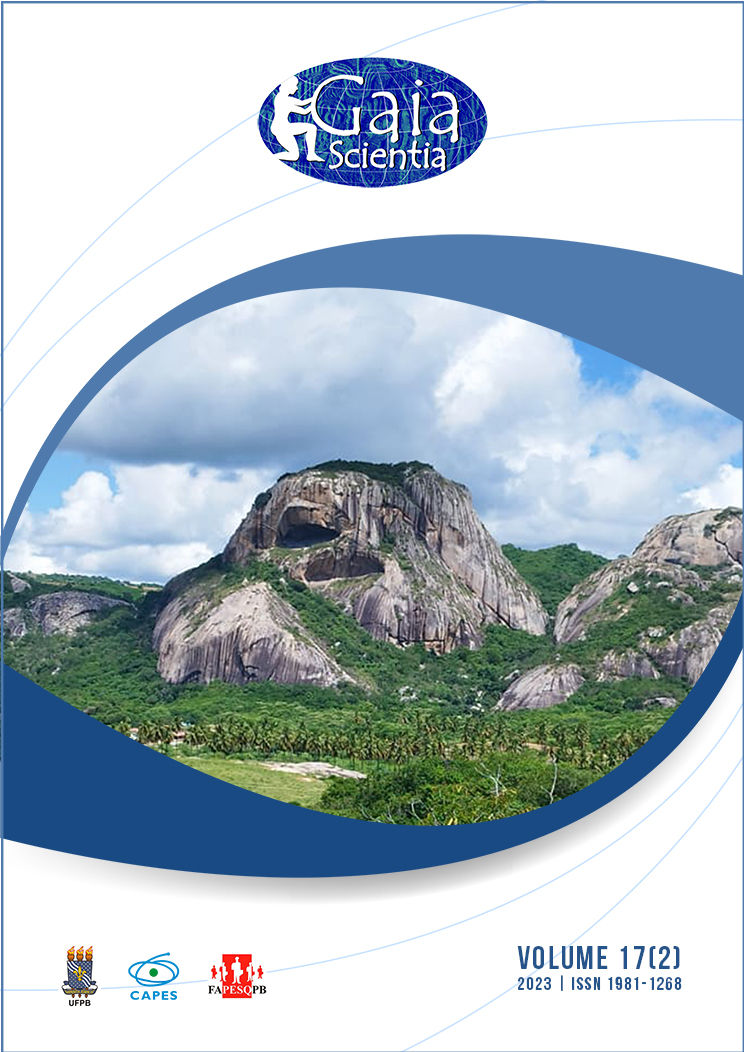Perception, preference and hunting strategies of mammals in a rural community in the semi-arid region of Northeastern Brazil
DOI:
https://doi.org/10.22478/ufpb.1981-1268.2023v17n2.67501Abstract
The goal of this study was to characterize the hunting of mammals in a rural community in the Northeast of Brazil affected by the largest hydro project in the country. We used semi-structured questionnaires, free lists and visual stimuli to estimate the perceived abundance of species, which are prioritized for hunting, selection criteria and methods used in collection. 23 species were perceived as occurring in the region, which have potential for hunting. Of these, nine were prioritized for hunting Conepatus semistriatus, Euphractus sexcinctus and e Dasypus novemcinctus species with greater cultural prominence. The averages of perceived abundance of the species ranged from 1.1 a 3,8. Meat flavor was the main prioritization criterion at the time of hunting. Nine methods are used in hunting, which can be combined between, as well as used in more than one species. The recent scenario of environmental modification with the creation of perennial water sources may be promoting changes in the local hunting pattern. However, new research must be carried out to understand how the permanent availability of water will contribute to changes in socioecological systems in the Brazilian semi-arid region.
Downloads
Downloads
Published
Versions
- 2023-09-04 (3)
- 2023-09-01 (2)
- 2023-08-31 (1)










